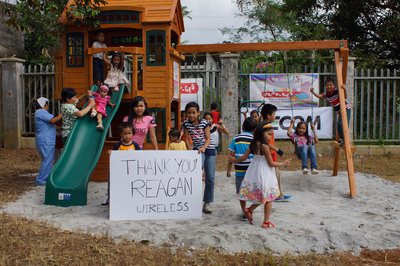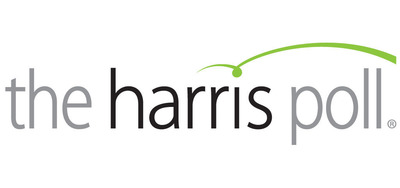"Today is Christmas in the Philippines. The children thank you for your generous donation of the playground, bicycles, toys, food and medical supplies. Tomorrow, we head to another orphanage with 186 children from 7-18 years old. The children were very happy to receive your gifts," Fernando Kuehnel, Founder and Chairman of the Board of the Kabataan Charity said in a letter thanking Daniel Kaufman, Reagan Wireless President & CEO.
An orphanage in the Philippines, where a typhoon devastated large parts of the country last month, has received a generous donation of $25,000 from Reagan Wireless, a leading technology company in the global cellular phone distribution industry.
 The orphanage that is home to more than 160 children used the donation to purchase medical supplies, food, toys, bicycles, and build a playground which was unveiled on Christmas day.
The orphanage that is home to more than 160 children used the donation to purchase medical supplies, food, toys, bicycles, and build a playground which was unveiled on Christmas day.
"This is an ongoing donation we have been making for over two years now. The needs of the orphanages have increased since the typhoon as a result of kids either losing parents, or through the loss of job and possessions, making it impossible for some parents to afford to take care of their children," Mr. Kaufman said.
The Kabataan Charity is a 501(c) 3 charity with a mission to provide aid to orphanages or children's homes in the US and worldwide, including those in the Philippines.
More information about Reagan Wireless can be found at www.reaganwireless.com.
SOURCE Reagan Wireless






